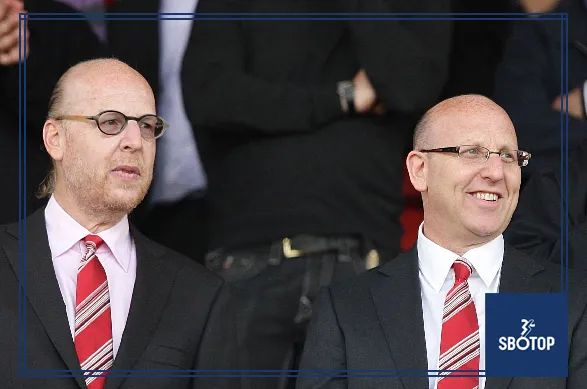In a move that could significantly alter the landscape of English football, the owners of Manchester United are considering a monumental £2 billion investment in a new 100,000-seat stadium. This decision, expected to be finalized by the end of 2024, reflects the club’s ambitions to enhance its global stature and provide fans with a state-of-the-art venue that matches their passion and the team’s illustrious history.
A Vision for the Future
Manchester United, one of the most storied clubs in world football, has long been associated with Old Trafford, a stadium steeped in history and tradition. However, as the demands of modern football evolve, so too must the infrastructure supporting it. The proposed new stadium is seen as a necessary step to ensure the club remains at the forefront of global football.
The current capacity of Old Trafford stands at approximately 74,000, making it one of the largest stadiums in the Premier League. However, the new 100,000-seat stadium would not only surpass this but also position Manchester United among the elite clubs with the highest-capacity stadiums worldwide. This ambitious project is aimed at enhancing matchday experiences, increasing revenue, and cementing the club’s place as a leader in the sport.
Financial Implications
The £2 billion price tag is a testament to the scale and ambition of the project. This substantial investment underscores the owners’ commitment to the club’s long-term success and their belief in the potential returns such a development could generate. Increased seating capacity would mean higher matchday revenues, while modern facilities could attract more lucrative sponsorship deals and corporate partnerships.
However, financing such a project will require careful consideration. The Glazer family, the current owners of Manchester United, have faced criticism from fans over their financial management of the club, particularly concerning debt levels. Balancing the cost of the new stadium with the club’s financial health will be crucial. Various funding options, including loans, equity investment, and possibly even naming rights for the new stadium, are likely being explored.
Enhancing Fan Experience
One of the primary motivations behind the new stadium is to improve the overall experience for fans. Modern stadiums are designed to provide not just a place to watch football but an immersive entertainment experience. Features such as advanced audio-visual systems, comfortable seating, expansive concourses, diverse food and beverage options, and enhanced accessibility for disabled fans are expected to be integral to the new stadium’s design.
Additionally, the stadium is likely to include spaces for events and activities beyond matchdays, such as concerts, conferences, and community events. This multi-purpose approach ensures that the stadium remains a vibrant hub of activity throughout the year, contributing to the local economy and community engagement.
Preserving Tradition
While the prospect of a new stadium is exciting, it also brings a sense of nostalgia and concern among fans who hold Old Trafford dear. Known as “The Theatre of Dreams,” Old Trafford has witnessed countless historic moments in football. The challenge for Manchester United’s owners will be to respect this rich heritage while embracing modernity.
One potential solution could involve incorporating elements of Old Trafford into the new design, perhaps through architectural features or dedicated museum spaces that celebrate the club’s history. Engaging with fans throughout the planning process will be essential to ensure their voices are heard and their emotional connection to the club is honored.
Also Read:








